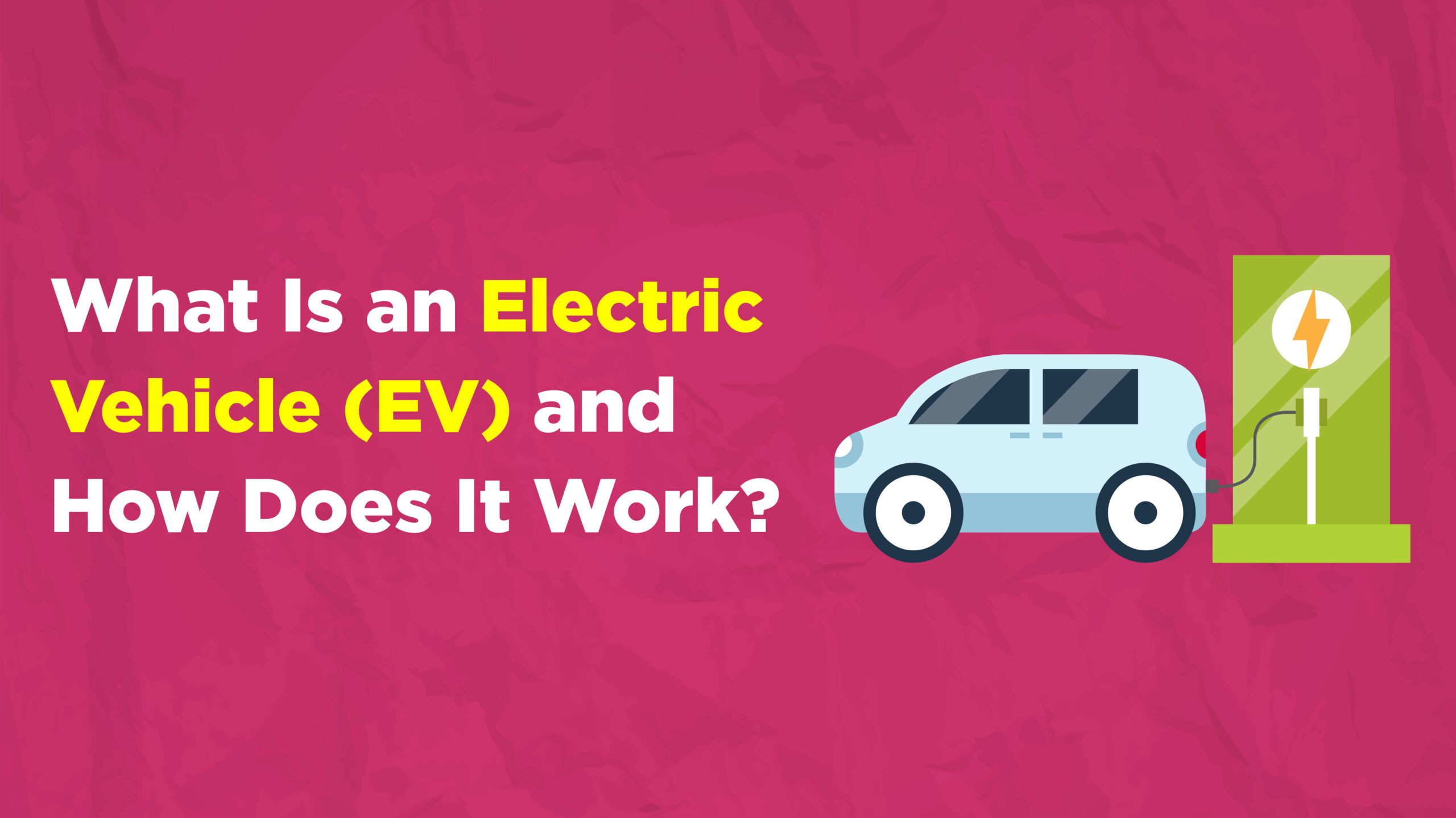What Is an Electric Vehicle (EV) and How Does It Work?
The roar of gasoline engines may have dominated the roads for over a century, but a quieter, cleaner revolution is humming to life. Electric vehicles (EVs) are rapidly changing the landscape of transportation, offering a sustainable and exhilarating alternative. If you’re curious about the world of EVs, buckle up! This comprehensive guide will delve into the exciting world of electric vehicles, exploring their workings, benefits, and the future they hold. Electric Vehicle Essentials At their core, EVs are vehicles powered by electricity, replacing the traditional gasoline engine with an electric motor. This shift unlocks a cascade of advantages: Zero Tailpipe Emissions: Unlike gasoline engines that spew pollutants, EVs produce zero emissions at the tailpipe. This significantly reduces air pollution, contributing to cleaner air for everyone. The Environmental Protection Agency (EPA) estimates that transportation accounts for the largest source of air pollution in the United States [1]. By switching to EVs, we can drastically improve air quality, especially in urban areas. Whisper-Quiet Operation: Bid farewell to the constant hum of a gasoline engine. EVs operate in near silence, offering a peaceful driving experience. This serenity isn’t just about comfort; studies have shown a correlation between traffic noise and stress levels [2]. With EVs, you can enjoy a calmer journey, both for your ears and your mind. Energy Efficiency Powerhouse: Compared to gasoline-powered cars, EVs boast superior energy efficiency. They convert a much higher percentage of energy into movement, leading to significant cost savings. The Department of Energy (DOE) estimates that EVs can be up to three times more efficient than gasoline vehicles [3]. This translates to lower fuel costs and reduced dependence on fossil fuels. Innovation at the Wheel: EVs are at the forefront of technological advancement. From advanced driver-assistance systems (ADAS) like lane departure warning and automatic emergency braking, to connected car technology that keeps you in sync with the world, EVs offer features that redefine the driving experience. Electric Vehicle Powertrain Now, let’s peek under the hood (or rather, under the sleek body panel) of an EV to understand how it operates: The Heartbeat: The Battery Pack: Considered the heart of an EV, the battery pack is a collection of rechargeable lithium-ion batteries that stores the electrical energy powering the vehicle. Battery range varies depending on the model and size of the pack, but advancements in battery technology are constantly pushing the boundaries. Current ranges can easily reach over 250 miles on a single charge, with some models exceeding 300 miles and beyond. The Driving Force: The Electric Motor: This powerful electric motor converts the electrical energy stored in the battery into motion, propelling the EV forward. Electric motors offer a distinct advantage over gasoline engines – instant torque. Unlike a gasoline engine that needs to rev to generate power, electric motors deliver maximum torque immediately, resulting in a smooth and responsive driving experience with exhilarating acceleration. Turning Slowdown into Savings: Regenerative Braking: This ingenious feature in EVs captures energy that would normally be lost during braking and feeds it back into the battery, extending your range. Imagine getting paid to slow down! This regenerative braking system can significantly increase your driving range, particularly in stop-and-go traffic. Charging Up: Powering Your Journey: EVs can be plugged into various charging stations to replenish their batteries. Here’s a breakdown of the different types: Level 1 Charging: This is the slowest charging option, typically used for overnight charging at home using a standard 120-volt outlet. Level 2 Charging: This faster option, often found in public places and home installations (requires special equipment), can significantly reduce charging times. DC Fast Charging: These high-powered stations found along major highways deliver the fastest charging speeds, ideal for long trips. While charging times can vary depending on the battery size and charger type, a DC Fast Charger can typically add significant range (sometimes over 100 miles) in just 30 minutes. Step-by-Step Guide to Owning an Electric Vehicle: Ready to join the electric revolution? Here’s a step-by-step guide to navigate your EV ownership journey: Research and Choose Your Perfect EV: Needs Assessment: Consider your daily driving needs, typical commute distance, and desired features before making a selection. Research Makes Perfect: Explore various EV models available in your market, comparing their range, features, technology packages, and charging capabilities. Test Drive Time: Schedule test drives to experience the electric driving experience firsthand. Financing and Incentives : Explore various financing options, including traditional car loans, leases specifically designed for EVs, and potential manufacturer incentives. Many governments and local municipalities offer tax credits and rebates for purchasing EVs, making them even more affordable. Research the available incentives in your area. Charging Infrastructure: Home Charging: Consider installing a Level 2 charger at home for convenient overnight charging. This significantly reduces reliance on public charging stations and optimizes charging times. Public Charging: Locate public charging stations near your home, workplace, and along your regular routes. Many apps and websites offer real-time information on charger availability and charging speeds. Maintenance and Ownership: Reduced Maintenance: EVs require less maintenance compared to gasoline vehicles. Electric motors have fewer moving parts, and there’s no need for oil changes or spark plug replacements. Regenerative Braking Benefits: The regenerative braking system in EVs reduces wear and tear on the traditional braking system, potentially extending the life of your brake pads. Warranty Coverage: Review the warranty coverage offered by the manufacturer on the battery pack and other EV-specific components. The Future is Electric Vehicle The electric vehicle revolution is rapidly gaining momentum. With advancements in battery technology, expanding charging infrastructure, and government initiatives promoting clean transportation, EVs are poised to become the dominant force on the road. Owning an EV isn’t just about a personal choice; it’s about embracing a sustainable future. Here’s a glimpse into what the future holds for EVs: Battery Breakthroughs: Continuous research and development are driving advancements in battery technology. We can expect longer ranges, faster charging times, and potentially even more affordable battery packs in the years to come. Smart Charging Infrastructure: The development … Read more

